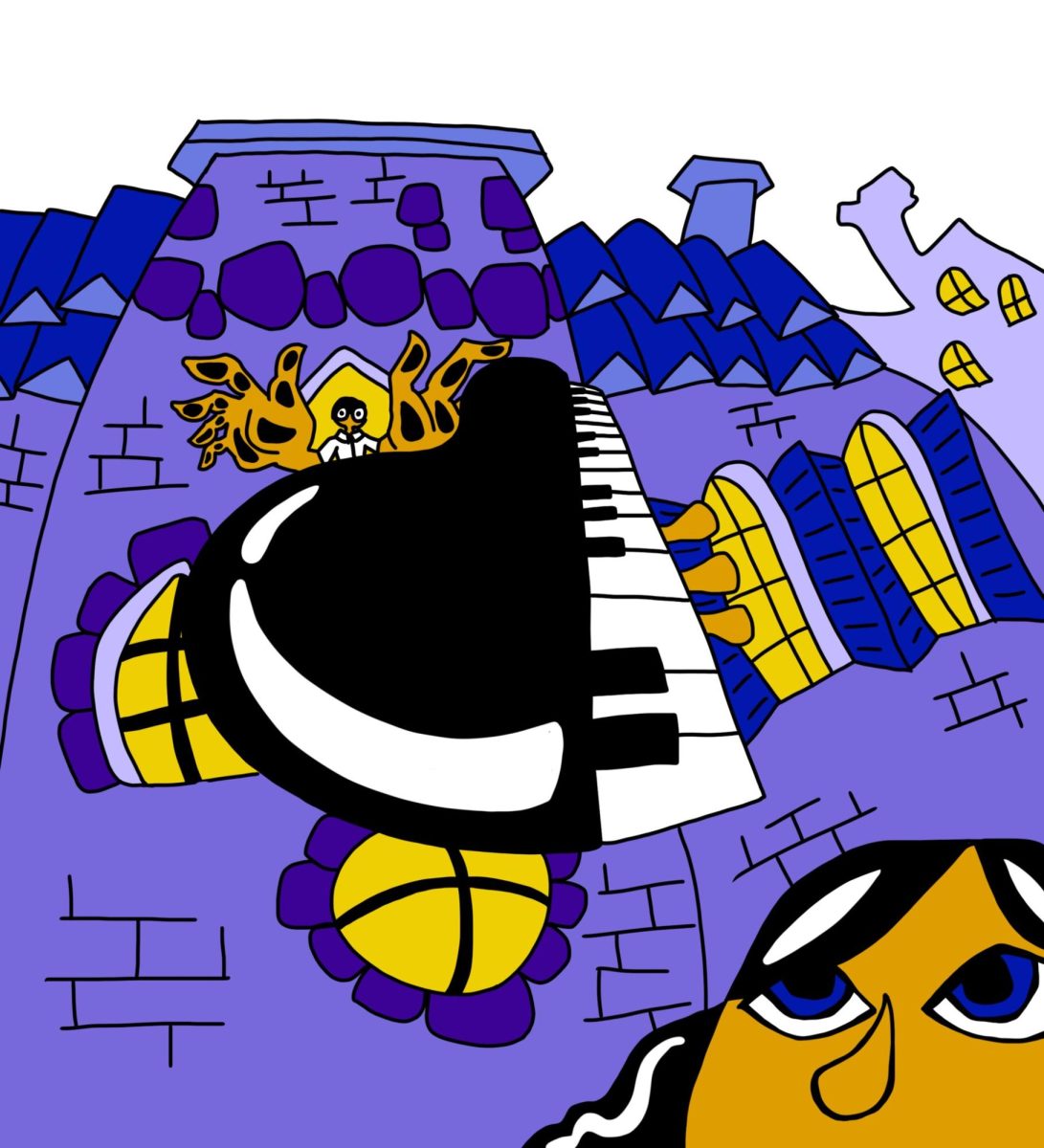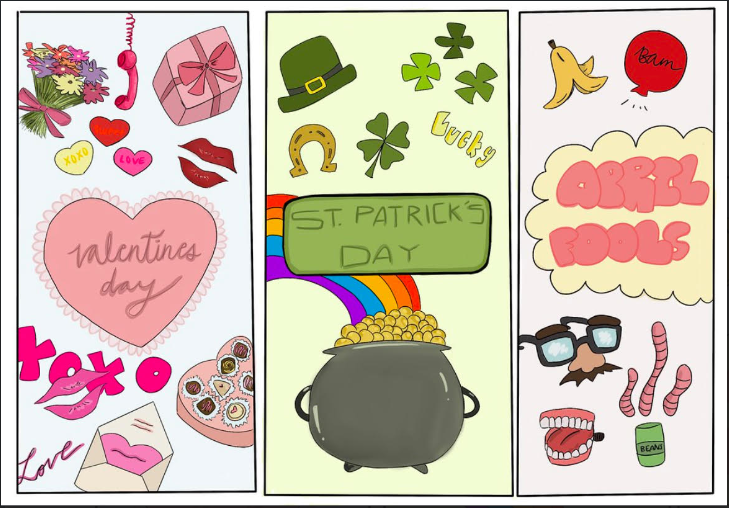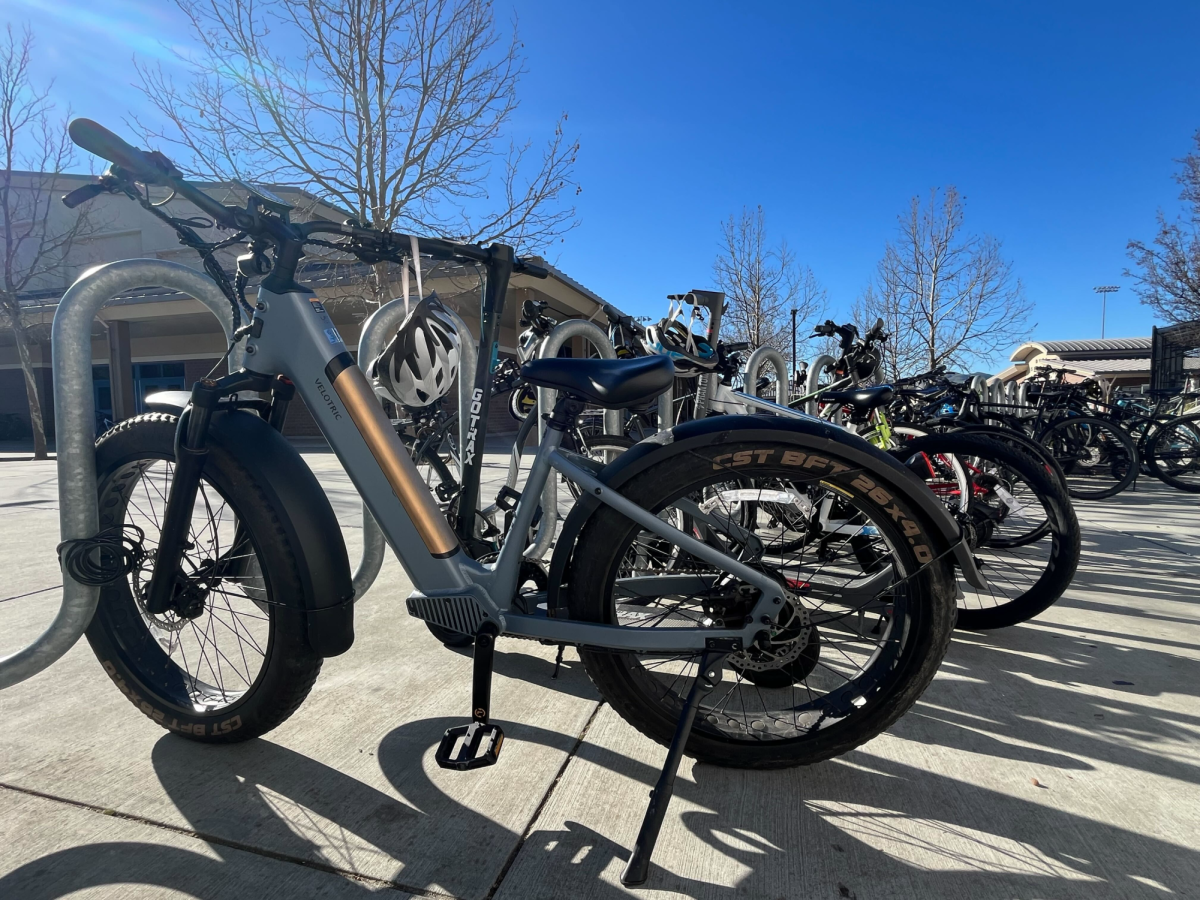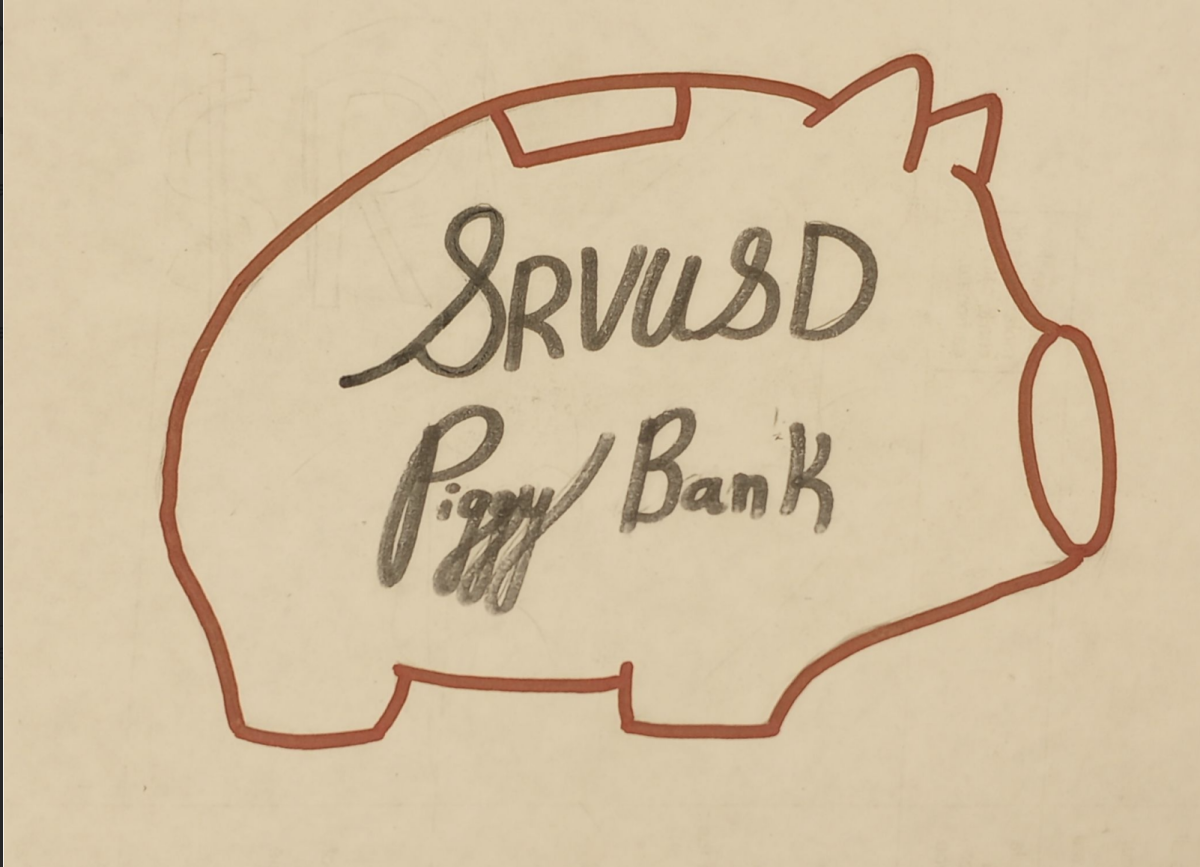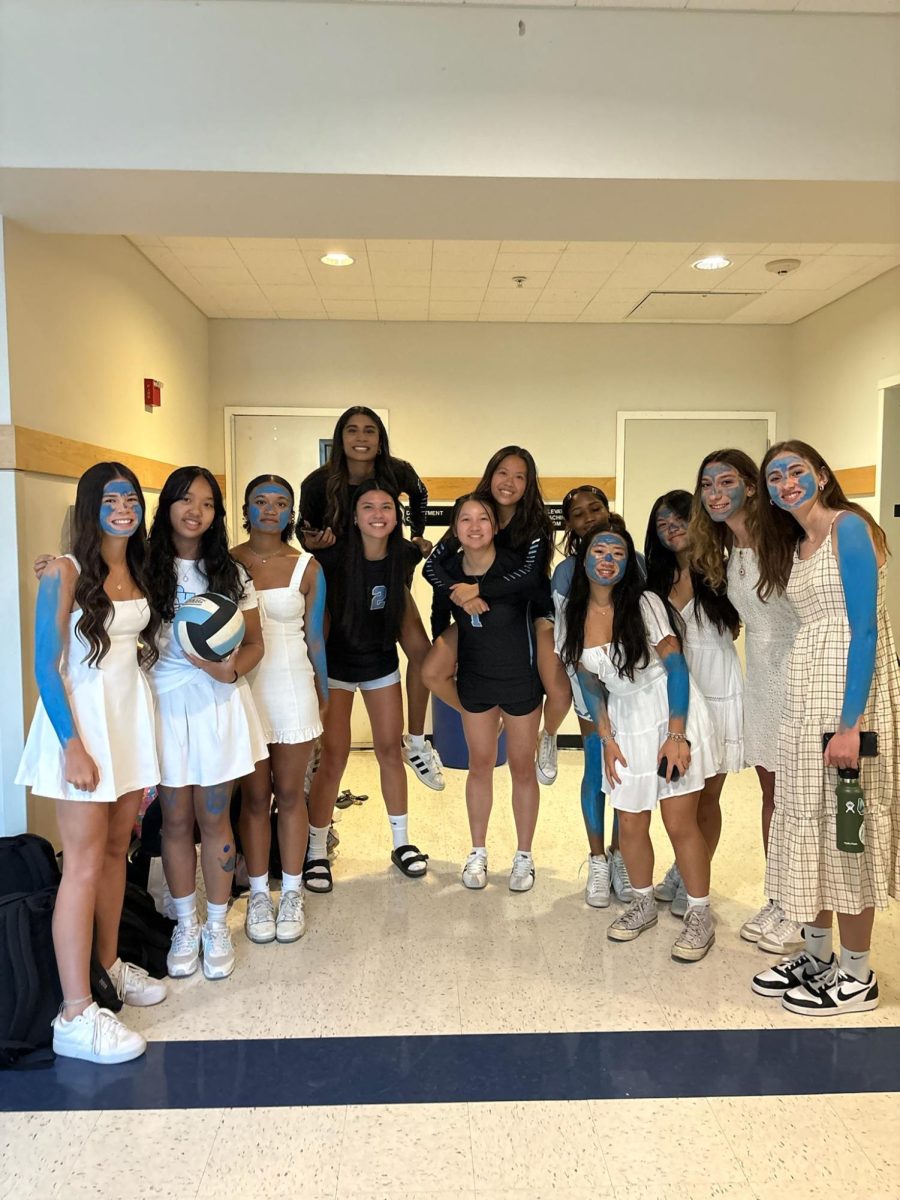In today’s society, classical music is largely defined as a relic of the past. Fair enough, the genre invokes the names of Bach, Mozart and Beethoven, its most iconic tunes originating from the 17th and 18th centuries. However, what really separates “classics” from popular music (such as pop, rock or rap) isn’t time, but formality — an artistic tradition that continues into the present era.
“Contemporary classical music,” representing the 1900s onward, is one of four major recognized periods of classical music. Unlike Baroque, “true” classical or romantic music, though, contemporary music doesn’t pay much attention to lyrical themes or precisely structured chords. Instead, it’s characterized by dissonance, atonality, strange time signatures and confounding rhythmic patterns.
Likened to smashing keys at random, or dropping instruments off of tall buildings, contemporary music is generally despised — especially among classically trained musicians. One factor is the jarring noises which constitute contemporary melodies. “I mean — it kills my ears. I’m turning into Beethoven listening to it,” DV junior Jacob Dagen said, in reference to Stravinsky’s “Rite of Spring.”
Dagen, who has been studying classical music for eight years, values complexity in pieces. “I like [the Romantic period] because there’s just a bunch of harmonies and melodies going on at the same time; you always find something to listen to,” he explained.
Like Dagen, many people consider romantic music to be the height of orchestration, with its sweeping, emotional and consistently engaging scores. In comparison, contemporary compositional techniques can be difficult to appreciate — or even recognize. Rather than accept the genre’s downfall, though, some classical fans look toward the potential of the future.
To Yiming Jia, a junior at DV, the liberty of contemporary music is a compositional opportunity. Within his own compositions, Jia often experiments with unique sounds and rhythms. He draws inspiration from artists such as Takashi Yoshimatsu, who uses simple tonal patterns and shifting, stilted meters to conjure up images of nature. While this focus on atmosphere and mood is a far cry from earlier harmonic conventions, it brings about beautiful pieces in its own right.
“A lot of the time, [contemporary composers] push the limits of the instrument, so you get a lot of cool sounds,” Jia explained. “For harp, I use bisbigliando, which is pretty common. For flutes, I use flutter-tonguing. I have a vibraphone in my piece as well, and instead of playing with a mallet stick, you use a double bass bow.”
However, Jia admits that extended instrumental techniques aren’t always for the better. “Sometimes it just becomes a little ridiculous,” he commented. “For woodwind instruments, you get a lot of multiphonic stuff, which just sounds really bad. It could create a cool texture, but a lot of composers don’t use it very well.”
Although we may consider ourselves able to distinguish a high-quality composition from a “ridiculous” one, the line isn’t easy to draw. We hesitate to classify cacophony as “real music,” but we don’t have principles that objectively separate it from euphony. There are other factors to take into consideration, too: the composer’s efforts and intentions and the feelings that a piece elicits are all prominent aspects, now more than ever.
Historically, contemporary music is analogous to art movements like Modernism, often forgoing technical excellence and beauty in order to make a statement. Many pieces have gimmicks, such as John Cage’s “4’33,” complete silence, lasting for four minutes and 33 seconds, or Henry Cowell’s “The Banshee,” in which the piano is opened and played by the strings. It’s clear that music doesn’t have the priorities it once held, and the emphasis on new artistic values, such as “meaning” and “emotion,” might represent an irreversible shift in aesthetic culture.
Still, maybe it’s on us as listeners to open our minds. The chokehold that Western conventions have over classical music makes it hard to say if our tastes are objective, or simply the product of conditioning. Advocates of unique tonalities, for example, argue that 31-tone equal temperament is no more bizarre than the 8-note scales we’re familiar with. “I think [people hate contemporary music] because it’s so different from what we’re used to,” Dagen explained.
The beloved, age-old melodies aren’t going away – orchestral performances keep Bach, Mozart, and Beethoven’s songs alive and well. But we’re not quite ready to say that classical music has reached its peak. “The biggest misconception [about contemporary music] is that it all sounds bad, which is just not true,” Jia said. “Some of them are bad. But some of them are really cool, and the reputation of contemporary music is stopping people from even trying to listen to them.”

